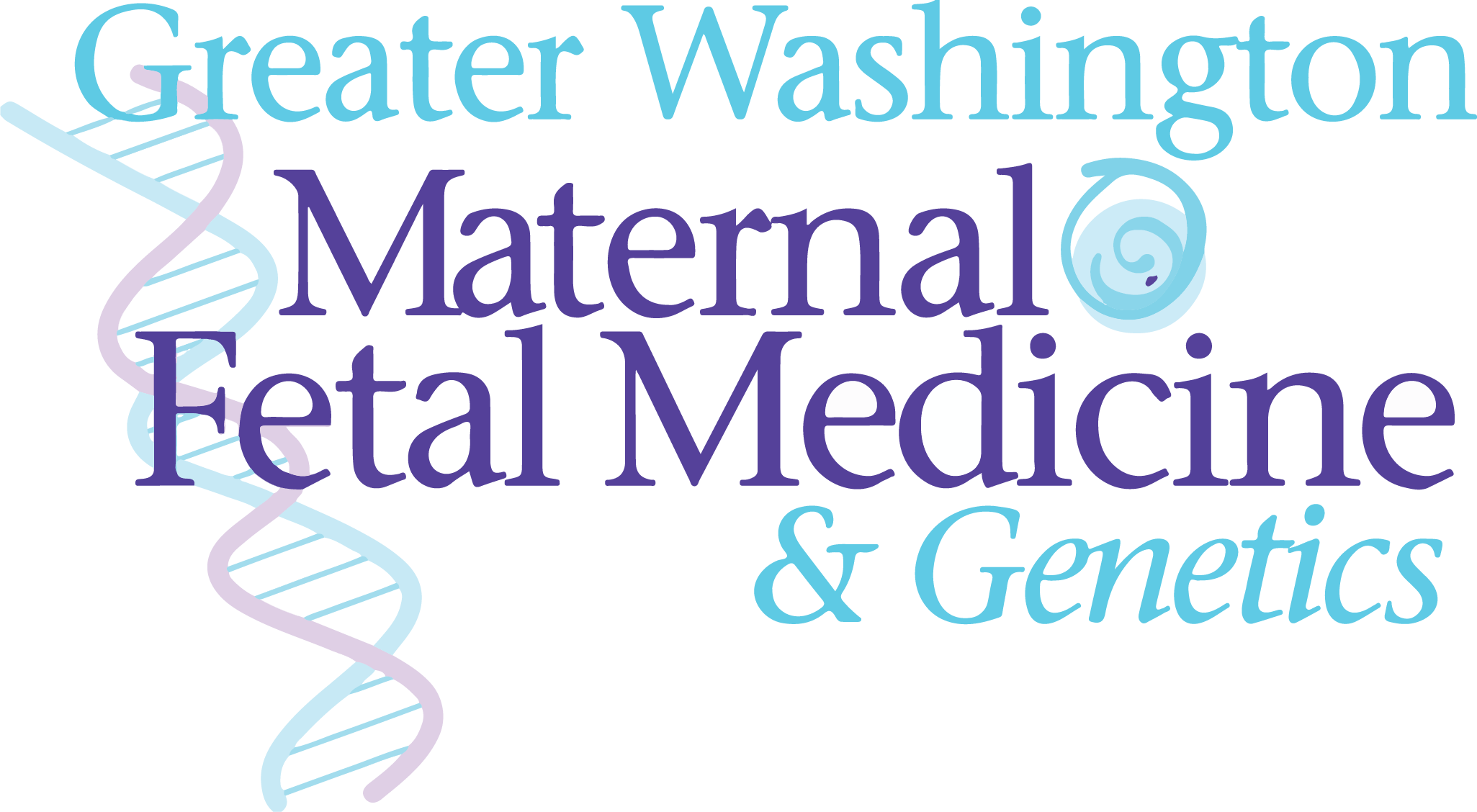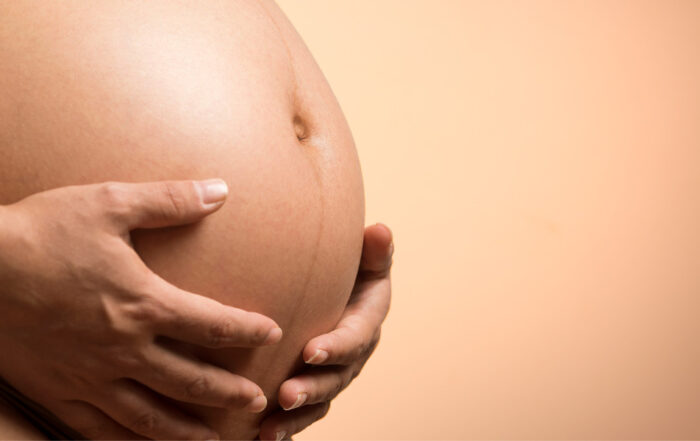What Is Preeclampsia?
February 6, 2019
Preeclampsia is a potentially serious medical condition with various causes, risk factors, symptoms, potential complications, and treatment options.

Preeclampsia Defined
Preeclampsia is a specific type of hypertension (high blood pressure) that impacts pregnant women. Onset of symptoms typically occurs during the second or third trimester of pregnancy.
Causes
Preeclampsia is thought to be caused by abnormal development within the placenta. This abnormal development may be associated with different causes including insufficient blood flow to the uterus, autoimmune concerns, genetics, or damage to the blood vessels within the placenta.
Symptoms
Symptoms may develop over time, or could be quite sudden in onset. These symptoms include high blood pressure, or hypertension, excess protein in urine, headaches, shortness of breath, changes in vision, upper abdominal pain, or other signs associated with impaired liver or kidney function. Symptoms can vary from milder to more severe.
Risk Factors
There are several factors that might increase a woman’s risk of developing preeclampsia. These include:
Complications
- Age – Young women and those aged 40 and above
- Ethnicity – African-American women are at increased risk compared to other ethnicities
- Obesity – Women who are overweight
- Pre Existing Conditions – Women with preexisting conditions such as diabetes, migraine headaches, autoimmune disorders such as lupus, and kidney disease
- Multiple Pregnancy – Twin or other multiples
- First Pregnancy
- Family History – Women with relatives who have had preeclampsia.
In severe cases or if left untreated, preeclampsia can lead to potentially serious problems for both mother and baby. Women might experience uncontrolled hypertension that precipitates seizures, cardiovascular issues such as blood clots and heart defects, or kidney and liver damage. The condition can interrupt normal placental blood flow. Should such circumstances arise, a newborn might be subject to low birth weight and potential birth defects.
Treatment Options
The healthcare provider will evaluate the patient’s age, general health, severity of the conditions, and possible complications to the mother or child. A treatment plan is then coordinated using these factors. Regardless of the severity, all cases of preeclampsia should be closely monitored by a medical professional.
Sources:
1. http://americanpregnancy.org/pregnancy-complications/preeclampsia/
2. https://www.mayoclinic.org/diseases-conditions/preeclampsia/symptoms-causes/syc-20355745




